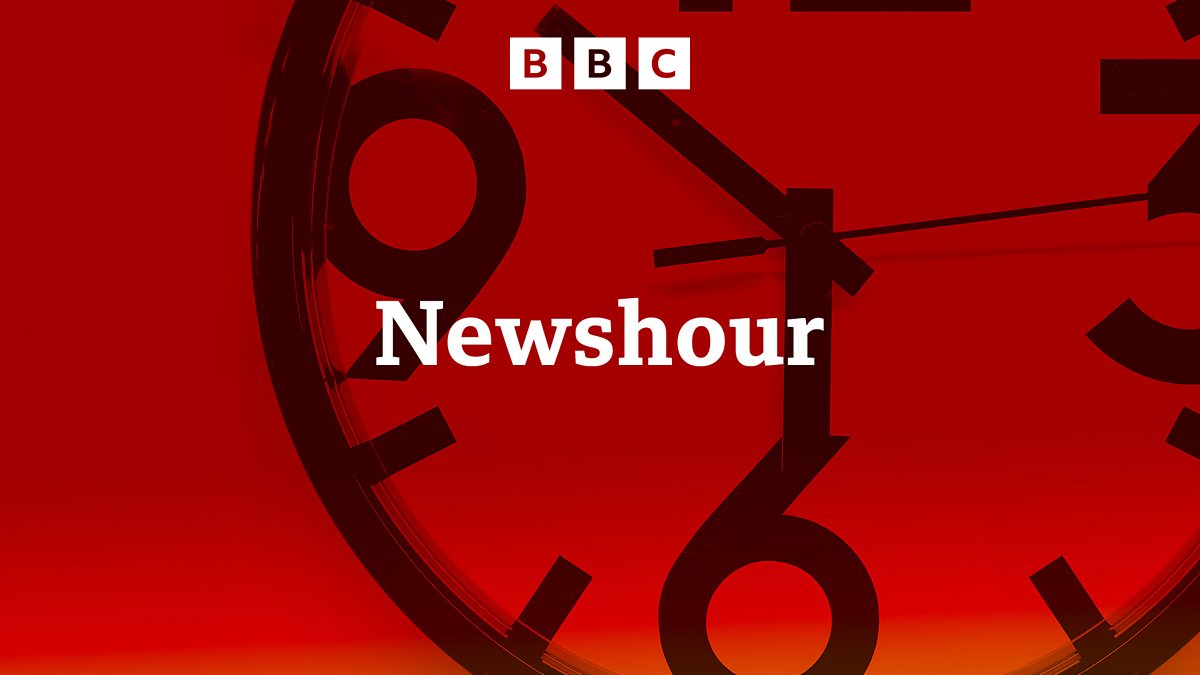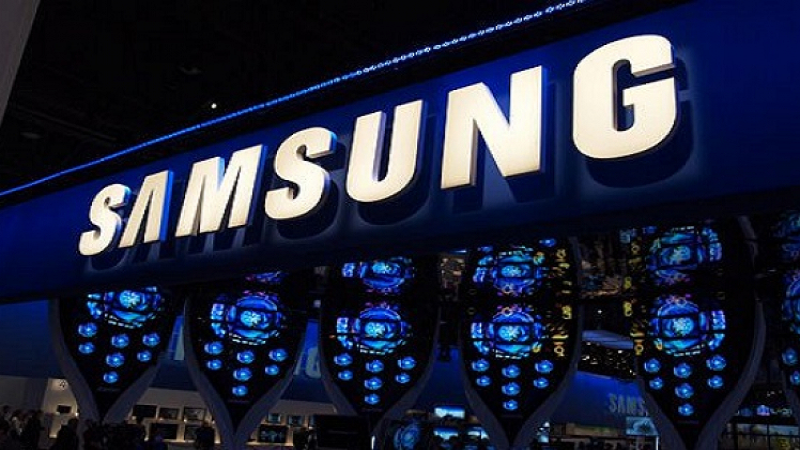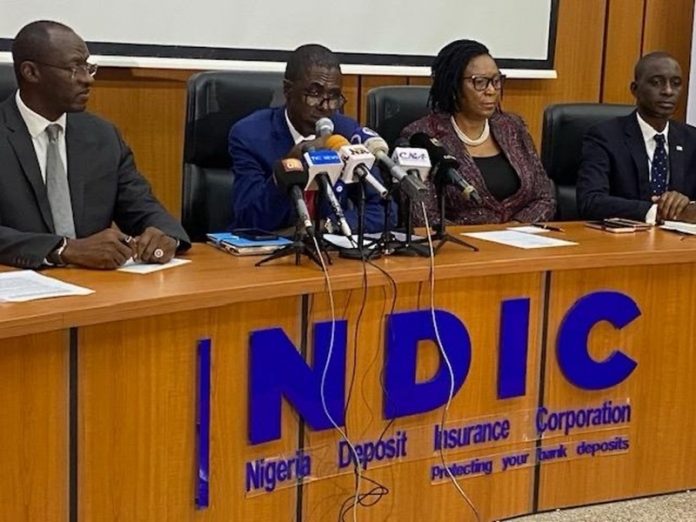President Donald Trump has escalated his long-running feud with the British Broadcasting Corporation (BBC) by filing a massive $10 billion lawsuit in a U.S. federal court in Miami, Florida.
The suit alleges that the publicly funded British broadcaster defamed him by “intentionally, maliciously, and deceptively doctoring” footage of his January 6, 2021, speech in a 2024 documentary. The complaint targets the BBC, its distribution arm (BBC Studios Distribution Ltd.), and its production unit (BBC Studios Productions Ltd.), accusing them of a “brazen attempt to interfere in and influence the Election’s outcome.”
The lawsuit centers on a segment in the BBC News program “Panorama,” titled Trump: A Second Chance?, which aired in the U.K. in October 2024, just one week before the presidential election. Trump’s legal team, in a 33-page complaint, outlines two main arguments for deceptive editing:
Splicing Disparate Clips: The documentary allegedly stitched together two distinct portions of the hour-long speech that were delivered approximately 55 minutes apart. The edited sequence made it appear that the President told supporters in quick succession: “We’re going to walk down to the Capitol… and I’ll be there with you. And we fight. We fight like hell.” In reality, Trump’s earlier statement about walking to the Capitol was followed by him saying they would “cheer on our brave senators and congressmen and women.” At the same time, the “fight like hell” remark occurred much later and was part of a broader call for political tenacity.
Omission of Peace Call: The lawsuit further claims the BBC deceptively omitted the crucial preceding segment in which Trump urged his followers toward peace, stating: “I know that everyone here will soon be marching over to the Capitol building to peacefully and patriotically make your voices heard.”
The suit argues this omission intentionally gave the “mistaken impression” that Trump had made a direct call for violent action.
Trump is seeking an unprecedented total of $10 billion in damages, requesting $5 billion for defamation and an additional $5 billion for a violation of Florida’s Deceptive and Unfair Trade Practices Act.
Internal BBC Turmoil and Legal Defense
The controversy surrounding the edit sparked a major crisis within the BBC, fueled by a whistleblower report from a former BBC editorial standards adviser, Michael Prescott.
In November, the scandal led to the high-profile resignations of both BBC Director-General Tim Davie and BBC News CEO Deborah Turness, highlighting the severity of the internal concerns over journalistic standards.
While BBC Chairman Samir Shah personally apologized to Trump via email and publicly acknowledged the editing “gave the mistaken impression” of a direct call for violence, the broadcaster has rejected the legal basis for the defamation claim. The BBC maintains it “strongly disagrees there is a basis for a defamation claim” and has vowed to defend the case vigorously.
Legal experts note that Trump, as a public figure, faces a significant challenge in U.S. federal court. To succeed, his team must prove the BBC acted with “actual malice”—meaning they either knowingly published false information or acted with reckless disregard for the truth. Furthermore, the BBC is expected to argue for dismissal, stating the documentary was never aired on U.S. television and was geo-blocked on its main streaming service, the iPlayer, though Trump’s team claims U.S. viewers could have accessed it via the BritBox streaming service or a VPN.
President Trump, who had previously threatened a $1 billion lawsuit, framed the action as essential, telling reporters he was suing the BBC “for putting words in my mouth,” even musing that “they used AI or something.” The current litigation follows his successful multi-million-dollar settlements with CBS News ($16 million) and ABC News ($15 million) over past claims of deceptive editing and defamation.






